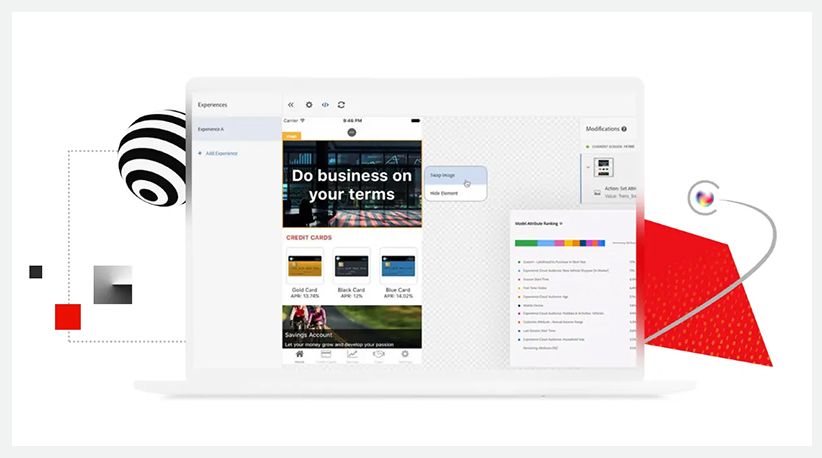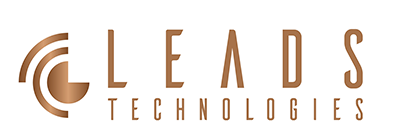
Optimizing User Experiences: Harnessing the Power of Adobe Target for Personalized Engagement
Adobe Target
29 August 2023
Introduction
In today’s digital landscape, delivering a one-size-fits-all experience to your users is no longer enough. Personalization has become a driving force behind successful digital strategies, and Adobe Target is at the forefront of this revolution. This blog post delves into the world of Adobe Target and how it empowers businesses to optimize user experiences through personalized engagement.
The Power of Personalized Engagement
Gone are the days when a generic message could capture your audience’s attention. In today’s cluttered digital ecosystem, users demand relevance, and that’s where Adobe Target shines. This dynamic platform enables businesses to create tailored experiences that resonate with users, boosting engagement, conversions, and overall brand loyalty.
Unleashing the Potential: Adobe Target Features
- Customer Segmentation: Adobe Target allows you to divide your audience into segments based on various attributes, behaviors, and demographics. This segmentation paves the way for precise personalization efforts.
- A/B Testing: Experimentation is key to understanding what resonates with your audience. Adobe Target’s A/B testing capabilities let you compare different variations of content, layouts, and CTAs to determine the most effective combinations.
- Multivariate Testing: For more intricate experiments, multivariate testing comes into play. This feature enables you to test multiple elements simultaneously, providing insights into how different combinations impact user behavior.
- Dynamic Content Delivery: With Adobe Target, you can dynamically deliver content based on user behavior, preferences, and real-time interactions. This real-time personalization enhances user experiences and drives engagement.
Strategies for Personalized Engagement
- Data-Driven Insights: Leverage user data to understand their preferences, past interactions, and behaviors. This data-driven approach forms the foundation for creating personalized experiences.
- Tailored Recommendations: Use past browsing history and purchase behavior to recommend products or content that align with each user’s interests.
- Behavioral Triggers: Set up triggers that respond to user actions in real-time. For instance, if a user abandons their cart, you can send a personalized email with a special offer to encourage them to complete their purchase.
- Localized Experiences: Personalize content based on a user’s location, ensuring that they receive information that is relevant to their region.
Measuring Success with Adobe Target
- Conversion Rate Optimization: Personalized engagement often translates into higher conversion rates, whether it’s making a purchase, signing up for a newsletter, or downloading content.
- Engagement Metrics: Track metrics like time spent on site, pages visited, and interactions to gauge how users are engaging with your personalized content.
- Segment Performance: Analyze the performance of different user segments to understand which personalized experiences are resonating the most.
Conclusion
In the era of customer-centricity, personalization is no longer an option—it’s a necessity. Adobe Target empowers businesses to deliver experiences that users truly value by tailoring content to their preferences and behaviors. By harnessing the power of Adobe Target for personalized engagement, businesses can drive conversions, enhance customer satisfaction, and build lasting relationships in a digital world where relevance reigns supreme.
